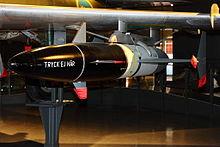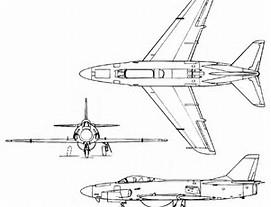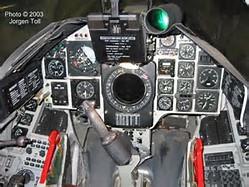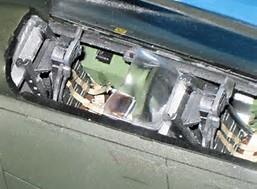S'sonic
Stealth
Menu
A free template by Lucknowwebs.com for WYSIWYG WebBuilder 8
Powered by Sispro1-S
Nigel G Wilcox
Paragon Of Space Publication
© Copyright Reserved - United Kingdom
Ideal Screen Composition 1024 x 768
SITEMAP
PSEUDO SCIENCE
SCIENCE RESEARCH
ABOUT
Desk
Supersonic
Stealth
Study
Menu
MAIN INDEX
Fastest Air Planes
Space
Transport
Menu
Saab 32 Lansen
http://military.wikia.com/wiki/SEPECAT_Jaguar?file=Cockpit_of_Jaguar_GR.3A.jpg
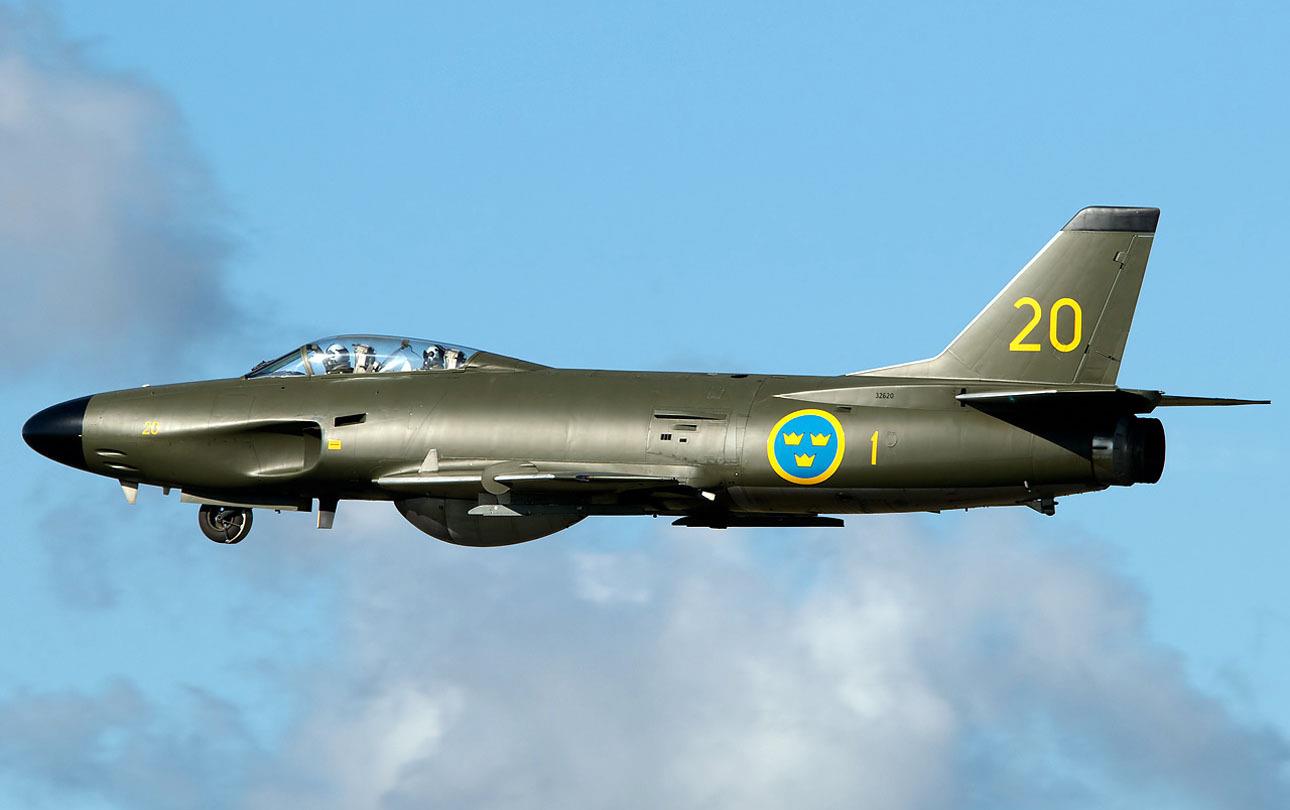
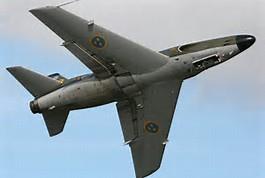
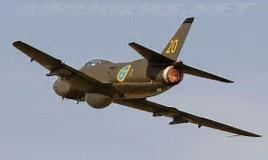

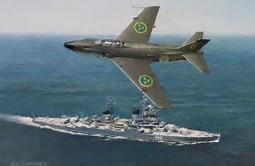
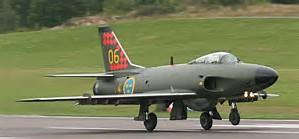
The development of Saab's 1150 project, which eventually became the Saab 32 Lansen, began in earnest in 1948. The aircraft had twin-seats, low wings and was intended as an attack aircraft to replace the B18.
Lansen was Saab's first system aircraft with a highly sophisticated electronics system for its time, including radar. The attack version, A 32A, and surveillance version, S 32C, had more or less the same electronics system, but S 32C had various surveillance cameras instead of the attack version's arsenal of weaponry. The J 32B, a night and all-weather attack aircraft, was to all intents a new aircraft with a considerably more powerful engine and new weapons system.
A total of 454 Lansen aircrafts were delivered to the Swedish Air Force between 1956 and 1960, providing many years of reliable service. After serving time in the front line, around 20 J 32B aircrafts were converted into target and jamming aircrafts, while others were used for various development trials. Three Lansens were still flying in 2012.
The fuselage of the Lansen was produced with a sleek, streamlined airframe with clean lines. The Lansen was the first aircraft on which every mould line had been a result of mathematical calculation, made possible via an early application of computer technology. The wing had a 10 per cent laminar profile and a 35° sweep. hydraulically-boosted ailerons and large Fowler flaps on the wings comprised the main flight control surfaces, as did the hydraulically-assisted elevators of the powered tailplane; a total of four airbrakes were also present on the sides of the rear fuselage. The Lansen had a tricycle undercarriage with a single wheel on all of the landing gear. Other wing features include one-section stall fences on the outer-thirds of the wing, a pitot tube on the right wingtip, and three underwing hardpoints. To test the 35° sweepback design of the Lansen's wing, a half-scale wing was mounted on a Saab Safir, designated Saab 202 Safir.
The Saab 32 Lansen was a two-seat, transonic military aircraft designed and manufactured by Saab from 1955 to 1960 for the Swedish Air Force. Three principal variants of the Lansen were built for attack, fighter, and reconnaissance. During its long operational life, the Saab 32 also served as an electronic warfare platform and target-tug aircraft.
Maximum speed: 1,200 km/h (745.65 mph) Maiden flight: 03 Nov 1952 Length: 49.02 ft Wingspan: 42.65 ft Introduced: 1955 Retired: 1997
General characteristics
Crew: two
Length: 14.94 m (49 ft 0 in)
Wingspan: 13.0 m (42 ft 8 in)
Height: 4.65 m (15 ft 3 in)
Wing area: 37.4 m² (402.6 ft²)
Empty weight: 7,500 kg (16,535 lb)
Max. takeoff weight: 13,500 kg (29,760 lb)
Powerplant: 1 × Svenska Flygmotor RM6A afterburning turbojet, 47.0 kN dry, 65.3 kN with afterburning (10,560 lbf / 14,685 lbf)
Performance
Maximum speed: 1200 km/h (745 mph)
Range: 2,000 km (1,240 mi)
Service ceiling: 15,000 m (49,200 ft)
Rate of climb: 100 m/s (19,685 ft/min)
Armament
4 × 30 mm ADEN cannons 90 rounds each
4 × Rb 24 air-to-air missiles
4 × 75 mm air-to-air rocket pods
Role: Attack aircraft, Fighter aircraft, Reconnaissance aircraft
Manufacturer: Saab
First flight: 3 November 1952
Introduction: 1956
Retired: 1997
Primary user: Swedish Air Force
Produced: 1954-1960
Number built: 450









